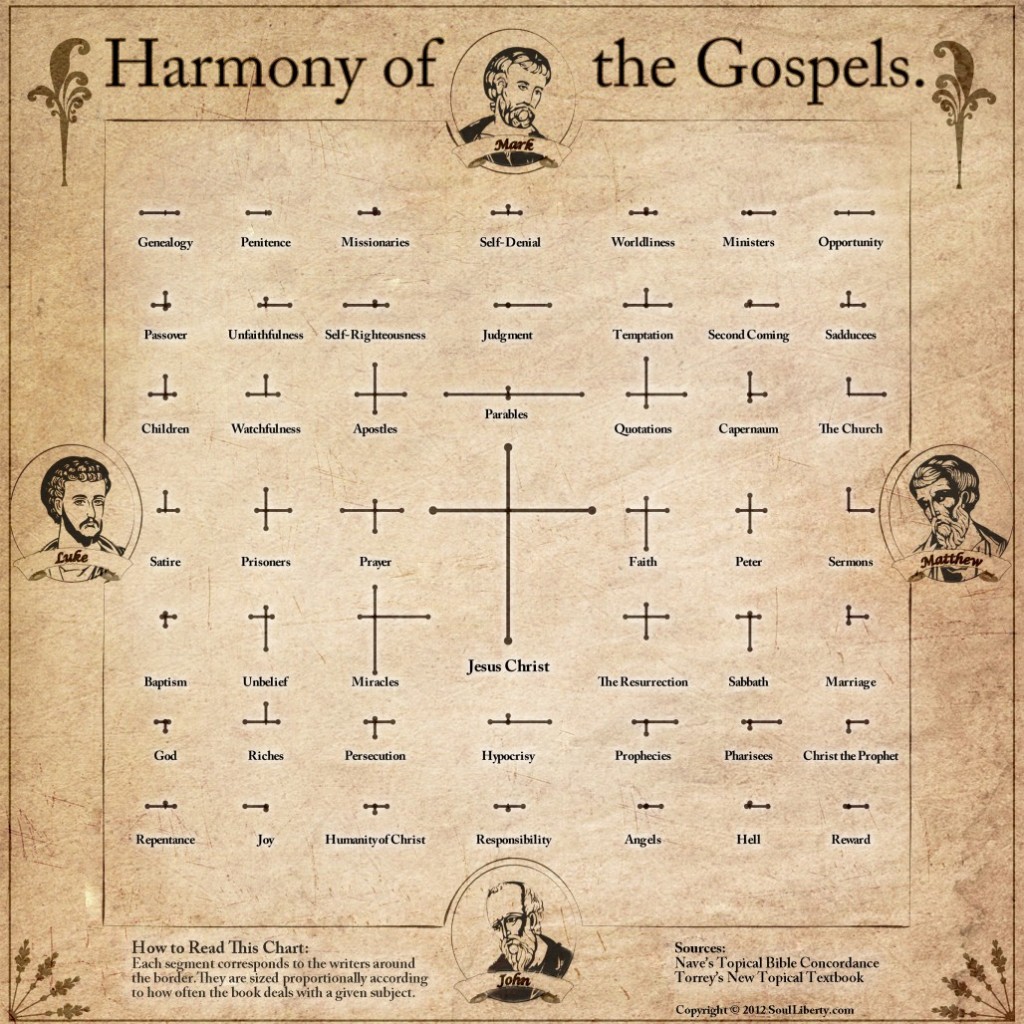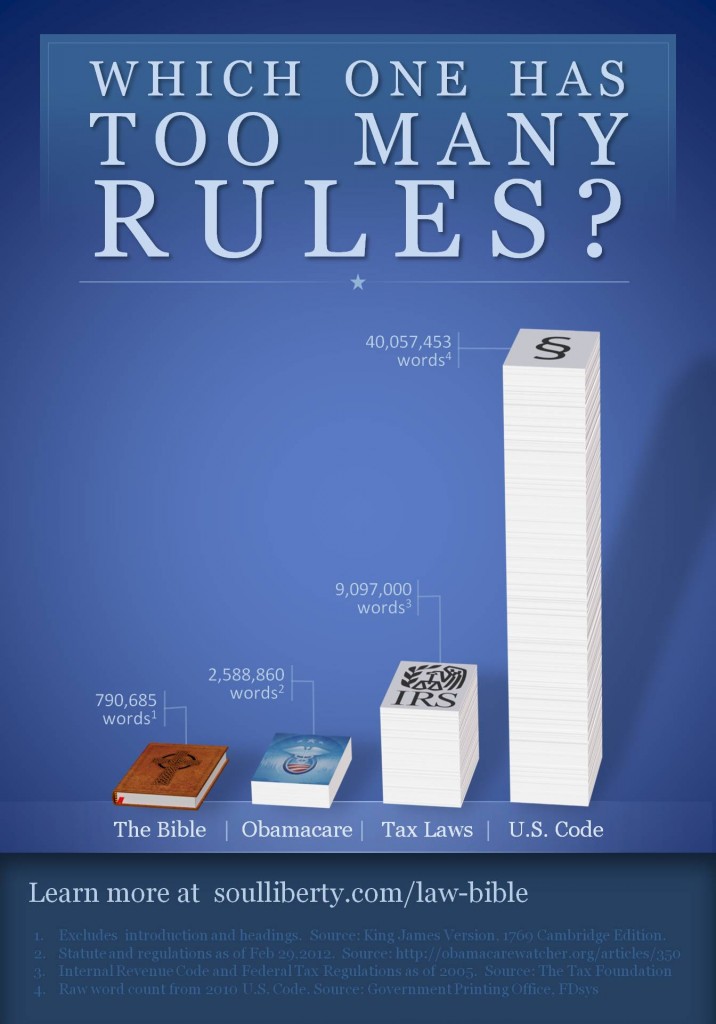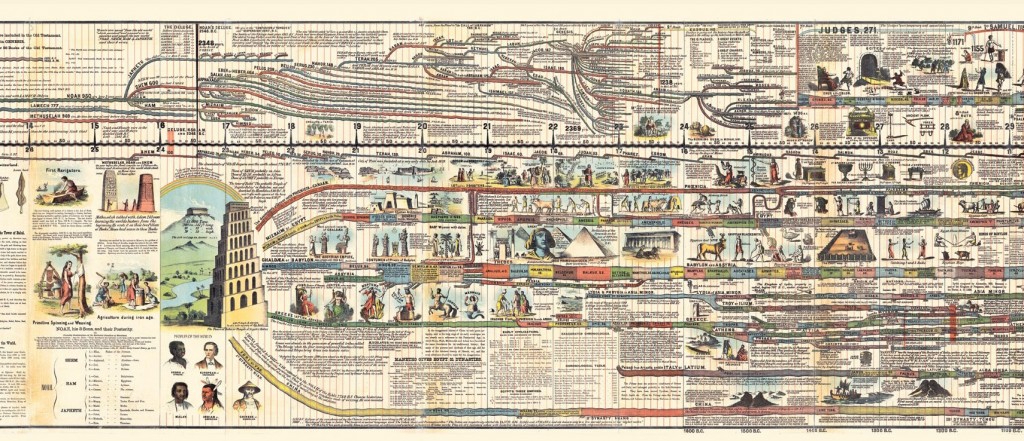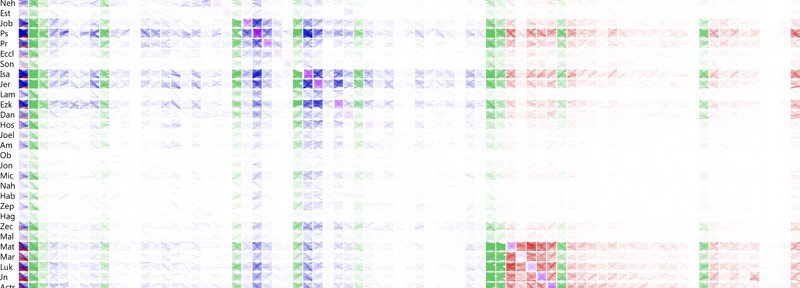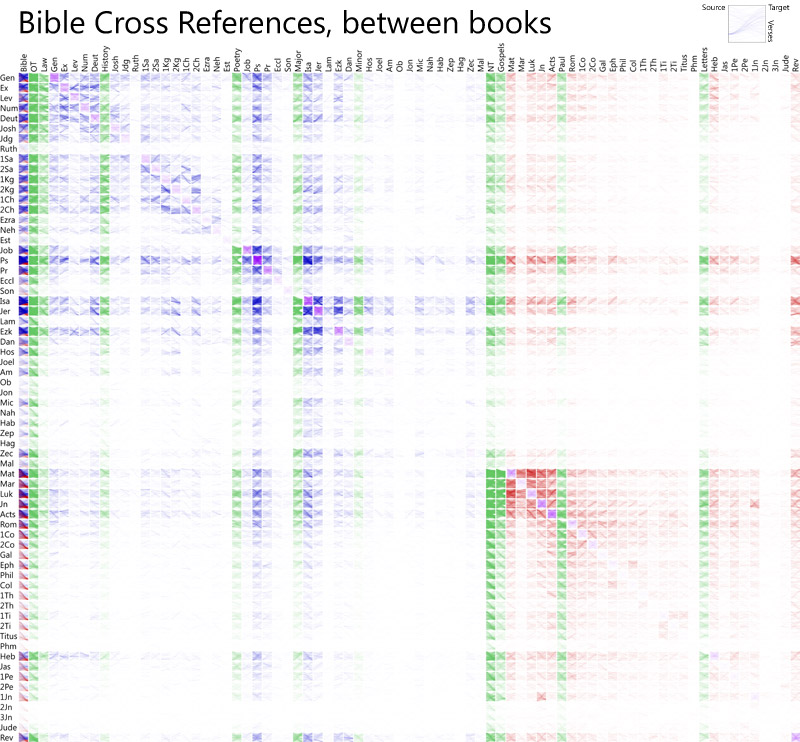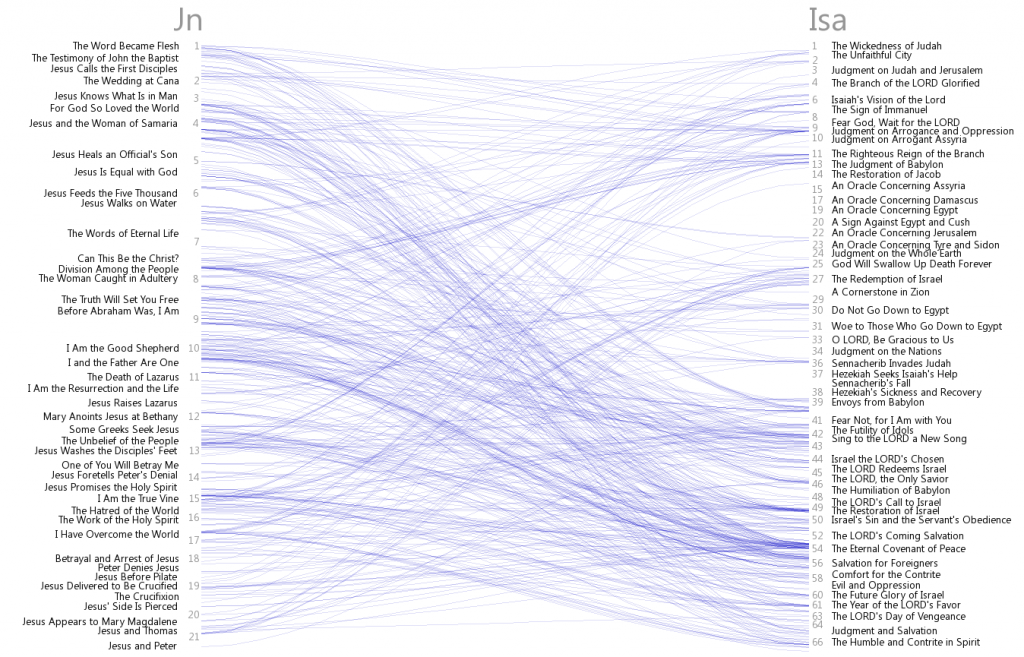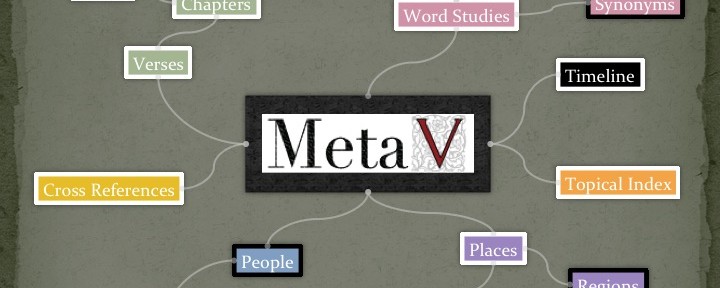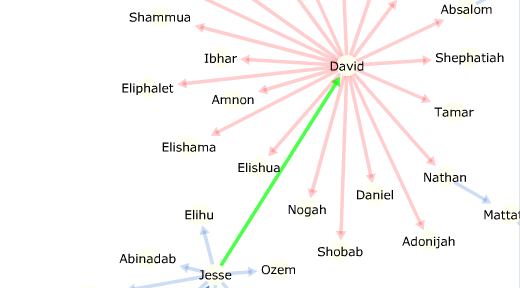I want to focus on an aspect of communion that is inherent in the word itself: community. The word spoken in Jesus’s day was koinonia, which is translated not only as “communion” but also “fellowship,” “sharing,” “participation,” and “contribution”. Communion is so much more than a ceremony of remembrance. It is about sharing the person of Jesus Christ in fellowship with one another. Outside the traditional partaking of bread and wine, the ways we participate and contribute within Christ’s community have taken different forms over time.
Social Networking
Something that’s brand new to our generation is the phenomenon of online social networking. It is blossoming at a rate beyond comprehension. Last year, I found a map made by an intern at Facebook that gives an idea of the magnitude and complexity of online connections. I found it fascinating, even mesmerizing, to see nearly every country in the world defined only by soft blue lines indicating a connection between two people. Facebook is projected to have a billion users by the end of this year – that’s one in every seven people from every corner of the world.
What are people doing in that community? Are they mainly sharing baby photos, celebrity gossip (Beliebers, you know who you are), promoting some social or political cause? Well, as of February, the page with the most engagement in terms of shares, comments, and “likes” is a page called Jesus Daily, followed by Dios Es Bueno! (God is Good) and The Bible. While that’s not exactly as spiritually deep as circulating Paul’s letters or Luther’s 95 theses, it shows that at least in some ways the people in this community are using it to spread the message of Jesus Christ.
Pamphleteering
If the Reformers lived in this millennium, it’s likely they would have used these technologies to spread their message, too. We always hear about Luther’s posting of the 95 theses on the door at Wittenberg but don’t always consider how that message got around after that. Around the time I was asked to speak for communion at our church, I came across a story in The Economist talking about the parallels between how we use social networks compared to how the reformers shared their messages through pamphleteering.
As an illustration, think about how something today “goes viral.” You share an idea and it resonates with a small group of people who saw your initial post. Those people in turn share that post with people they know, then their friends re-share it, and so it multiplies. The printing press was the 1500’s equivalent of social media. What started as a “post” on one church door was copied, re-copied, commented on and translated until in just the first 10 years over 6 million pamphlets by Luther, Calvin, and others were distributed. This is the way they shared the truth of Christ’s words in that era.
House to House
Now go back even further, before the printing press, all the way back to the first century A.D. How did Jesus’ disciples who witnessed his life and teachings first-hand make their message go viral? How did they share this earth-shattering experience within their communities and beyond into the whole world? In that time, they didn’t post messages on church doors or distribute pamphlets because any sort of writing was extremely hard to come by.
Instead, what they did probably looked a lot like what the Bible describes taking place at the Last Supper. Acts 2:46 says “And they, continuing daily with one accord in the temple, and breaking bread from house to house, did eat their meat with gladness and singleness of heart.” Many met in the Temple, but more commonly they had fellowship in their home over a meal. They participated in the first communion with Jesus in that same context. He used that time for several purposes, one of which was to teach them a model of what it meant to partake of his saving blood and of his body. The Gospel spread in a similar setting: in the homes of new followers of Christ who gathered together for fellowship, breaking bread, learning his doctrine, and praying with one another.
Communion within Families
All of these are ways we share life with the people in our own time. We do things with our peers, but we also do things with our family. This, I think, is the most important way we build a Godly community. Sure, it’s great to spend time with people our age but God’s truth perseveres through time by passing it from one generation to the next – from father to son and mother to daughter. Want an easy way to do that? Do what Jesus did! Have dinner with them and make it a point to discuss how God is working in your life and the world around us.
The next time you share in communion, let me invite you to consider how you might use the connections you have to other people to express the love and joy that Jesus brings. It may take a digital form. It may be written down on paper, spoken over a meal, or passed down from parent to child. Whatever your community may look like, let it be a time of communion with the God who is everywhere in all things and all times.




